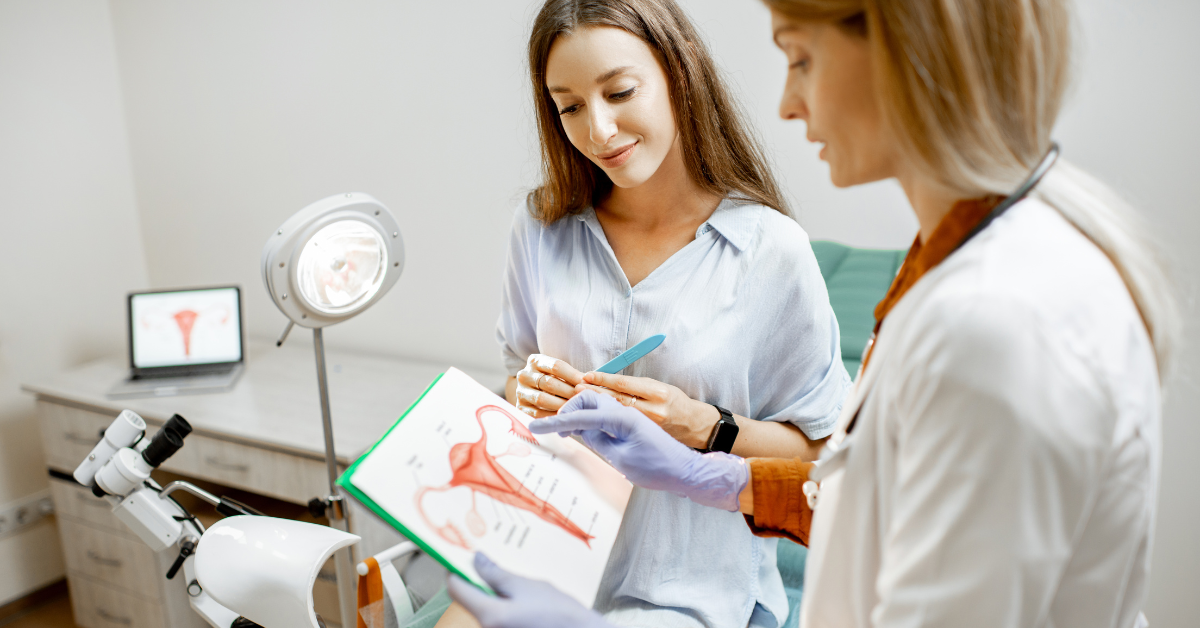Polycystic Ovary Syndrome (PCOS) is a multifactorial condition that affects many areas of a woman's life. The exact cause of PCOS has not yet been identified, but genetic and epigenetic factors (i.e., the influence of our environment, our lifestyle, the people we associate with, etc.) have been identified. There are several criteria used to diagnose a woman with PCOS.
Often confused with other disorders or underlying causes, in this article we explore the main diagnostic criteria for PCOS:
- Clinical criteria for PCOS
- Hormonal markers to investigate in PCOS
- Metabolic parameters in PCOS
- Ultrasound for the diagnosis of polycystic ovary syndrome
- Conclusions on PCOS diagnosis
-
Clinical criteria for PCOS
In 2003, the European Society of Human Reproduction and Embryology (ESHRE) and the American Society for Reproductive Medicine (ASRM) published the Rotterdam Criteria, later updated in the 2023 PCOS guidelines.[1].
Currently, these are the most widely used and reliable international criteria for diagnosing Polycystic Ovary Syndrome.
According to this method, a woman must present at least two out of the following three features:
If you want to learn more about the causes and symptoms related to Polycystic Ovary Syndrome, you can read our article:
Polycystic Ovary Syndrome (PCOS): Common Symptoms and How to Recognize Them Early.
-
Hormonal Markers to Investigate in PCOS
Another approach to PCOS diagnosis involves measuring certain hormones and related substances in the blood, including: [2]
-
Metabolic Parameters in PCOS
This diagnostic aspect focuses on assessing insulin resistance and cardiovascular risk, which are often present in women with PCOS. The following tests are typically included:
-
Ultrasound for the diagnosis of polycystic ovary syndrome
The ultrasound used for the diagnosis of PCOS is the transvaginal pelvic ultrasound, as it has a better resolution than the abdominal one, thus giving the gynecologist greater visibility.
However, as emerges from the interview conducted by Pharmercure "Polycystic ovary syndrome: can it be cured? Learn how to live with it." with Dr. Elisa Maseroli, a specialist in andrology and female endocrinology at Careggi University Hospital in Florence, and Dr. Silvia Federici, an endocrinologist specializing in sexual medicine and hormone therapy at the Auxologico Institute in Milan, both members of the Italian Society of Endocrinology, shows, ultrasound is an additional diagnostic method, but not necessary, especially in young women. In adolescents, the multifollicular appearance of the ovaries can be physiological, making the test unreliable.
-
Conclusions on PCOS Diagnosis
In conclusion, the Rotterdam Criteria remain the most reliable method for diagnosing Polycystic Ovary Syndrome.
During the tests, it is also very important to exclude other pathologies that may present some similar or identical symptoms, such as congenital adrenal hyperplasia, Cushing's syndrome, androgen-secreting tumors, thyroid dysfunction, or hyperprolactinemia.
For this reason, consulting medical professionals specialized in PCOS is crucial.
As we all know, PCOS cannot be cured, but it can be managed. Fortunately, science is on our side. With the right support, proper supplementation, and healthy lifestyle and dietary choices, it is possible to control and alleviate symptoms, improving both physical and psychological well-being.
From this desire to help as many women as possible, and from our personal experience—we decided to create a product unlike any other supplement: 100% made in Italy, complete, effective, and designed to help all women feel healthy and beautiful.
Share this article with the women you care about! You might help them more than you think.
Let’s grow this community together and support each other.
With Love,
Dr. Elena Torghele


